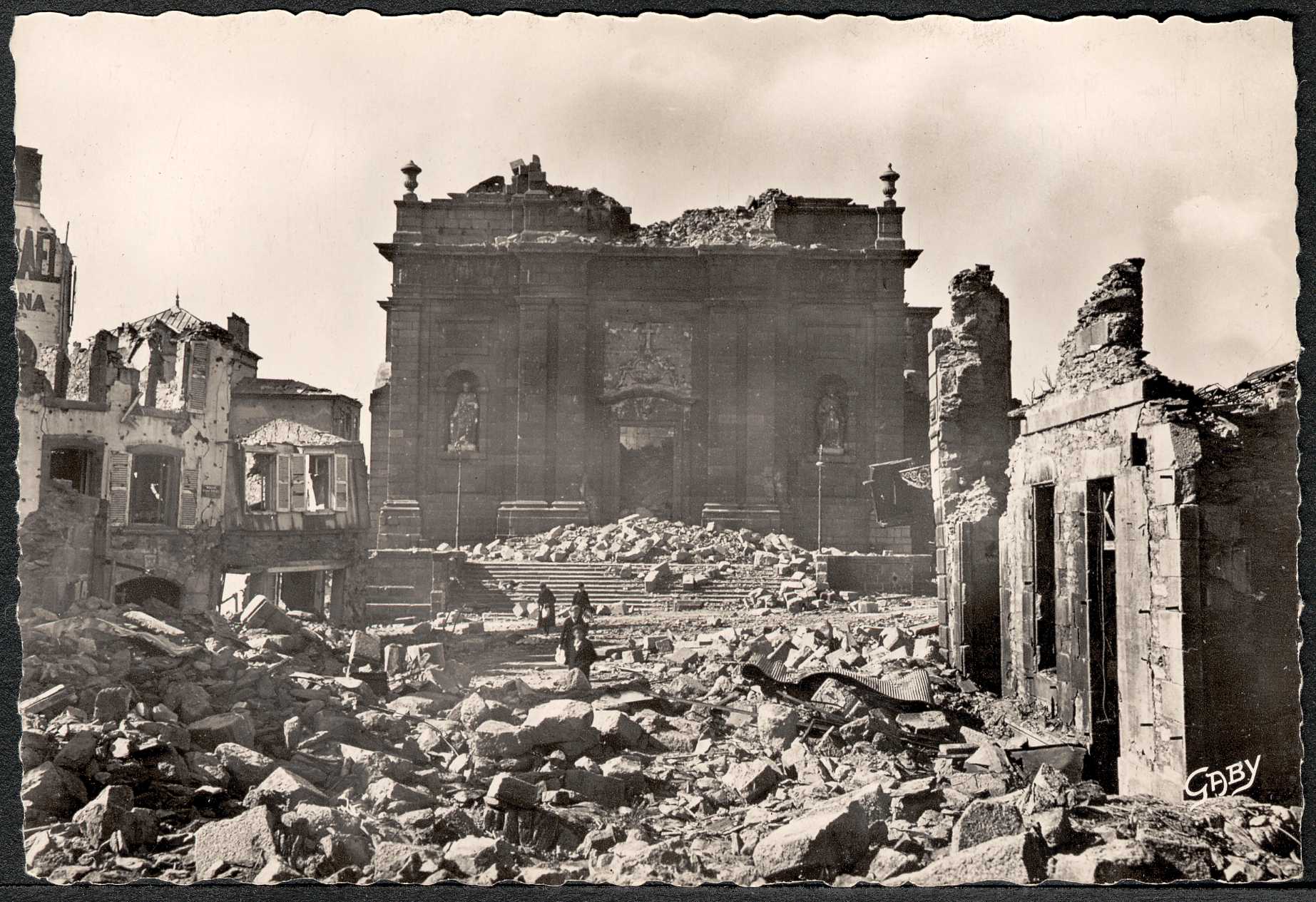During the Normandy landings, the allied forces did not have access to a deep water port for the disembarkation of troops, munitions or equipment. The aim was therefore to seize the port of Cherbourg as quickly as possible. However, this took longer than expected. In addition, the Germans had blown up its infrastructure. As a result, when troops from General George Patton’s Third Army pushed through the Normandy front line at the end of July, one of the objectives was to seize the port of Brest, which was much bigger than the port at Cherbourg. Taking Brittany would also secure the allied army’s western flank.
Patton therefore ordered General Troy Middleton to take Brest as quickly as possible. Middleton ordered the 6th Armoured Division to march on the city and seize the port intact. But the city, which had been transformed into a Festung (fortress), was powerfully defended by the German army. Several Wehrmacht units had managed to retreat there. The 6th Armoured Division left the Ille et Vilaine region on 4th August and reached Plabennec on the night of the 6th. The next day, the division fell under fire from German artillery, which stopped any further progress. An attack became difficult to achieve since the 6th Armoured Division could not take the city on its own. American commanding forces therefore ordered three infantry divisions to seize the city and its garrison. Meanwhile, any Brest citizens still inside the city were evacuated.

American troops’ progress was made extremely difficult by the occupying force’s fortifications and lines of defence. The Germans knew the area inside out and had the geographical advantage in terms of terrain; the wooded areas made up of thickets and small fields made progress by any armoured divisions nigh on impossible. Aerial bombings were also ineffective. Only the artillery units were able to overcome the Germans’ positions. The siege, which began on 7th August, ended on 18th September. More than 90% of the city was destroyed. American troops recorded a loss of 4000 soldiers. As for the Germans, they counted around 5000 dead and more than 13 000 wounded, as well as 38 0000 prisoners. In the end, Brest’s port was too damaged to be of use to the Allies.
Translation: Tilly O'Neill


